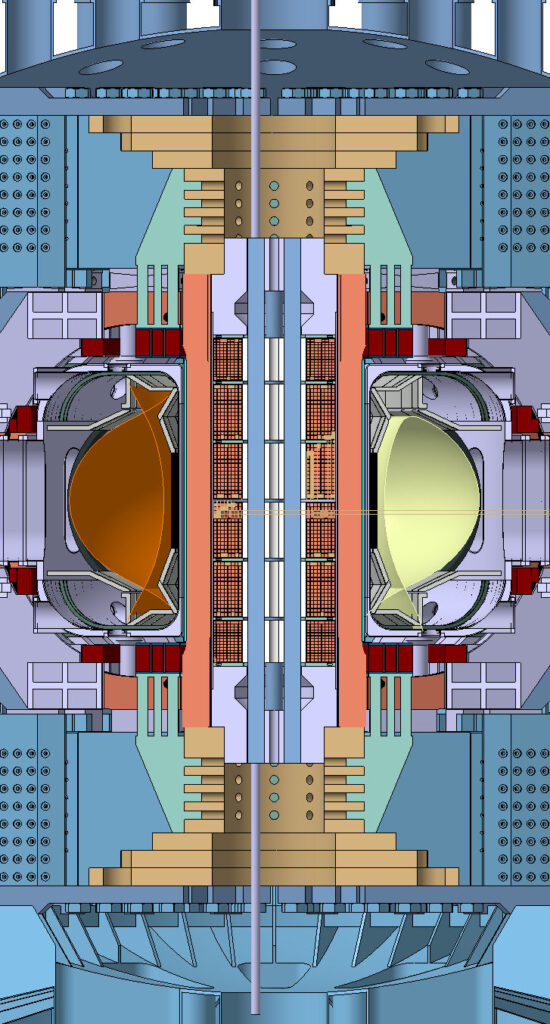Major Systems Engineering Subject Areas
Systems Architecture
The System Architecture subject area contains lecture material that addresses the specification, design, analysis of the system architecture of modern industrial systems. Lecture material includes presentation material with voice-over explanation of key concepts and references to additional sources of information.
Lecture 01 – Introduction to Systems Architecture (v01)
Lecture 02 – System Thinking (v02)
Lecture 03 – Complex Systems (v03)
Lecture 04 – Analysis of Form (v04)
Lecture 05 – Analysis of Function (v03)
Lecture 06 – System Architecture (v02)
Lecture 07 – Solution-Neutral Function and Concepts (v03)
Lecture 08 - Processes and Operands (v01)
Lecture 10 - Role of the System Architect (v01)
Lecture 11 - Stakeholder Needs and Requirements (v01)
Lecture 12 - Use Case Modeling (v01)
Lecture 13 - Technical Measurement (v02)
Lecture 14 - Architecture Description and ISO-IEC-IEEE 42010 (v02)
Lecture 30 – Overview of Object-Process Methodology (v02)
Lecture 40 -Dealing with Information Ambiguity (v03)
Lecture 41 - Cynefin Framework (v04)
Lecture 42 - Abstraction In System Architecture (v01)
Lecture 43 - Cohesion and Coupling (v02)
Lecture 45 - Systems Engineering Life Cycle Models (v03)
Lecture 47 - Functionality, Emergent Behavior, and Effects (v02)
Lecture 50 – Value Modeling and Multi-Objective Decision Analysis (v01)
Lecture 51 – MODA Example Studies (v01)
Lecture 52 - Applications of the CMMI Model for Architecture (v01)
Document 01 – Architecture Management Plan Template (v01)
Modeling & Simulation
Having the means to understand, define, and unambiguously communicate both system requirements and system solution (architecture) is imperative to build a quality system. Models and simulations provide some of these means and facilitate the understanding of several systems aspects such as structure, relations among systems elements, operational descriptions, states, events, and flows. Models can be used to provide a visual representation of the problem and/or system solution in artifacts produced in mission analysis, stakeholder requirements, system requirements, architecture, and design. Models and simulations are used throughout the system lifecycle to support systems analysis, verification, and validation.
Lecture 61 - Stateflow Tutorial (v01)
Lecture 62 - Description of Traffic Light Model (v01)
Lecture 62 - Description of Traffic Light Model (v02)
Lecture 63 - Description of Security System Model (v02)
Lecture 63 - Description of Security System Model (v04) - Modified to address a simplified version of the original MathWorks model - Additional details of the solver time step and of broadcasting of events included
Lecture 68 - Simulink Modeling Techniques (v01)
Lecture 69 - Fundamentals of Digital Circuits (v01)
Lecture 71 - Petri Net Patterns (v01)
Lecture 73 - Setting Up Dashboard Controls in Simulink (v02)
Lecture 74 - Setting Up Scope Displays in Simulink (v02)
Lecture 74 - Setting Up Scope Displays in Simulink (v03)
Addresses changes new to Simulink 2025a
The Systems Modeling Language (SysML)
Modern systems modeling involves the specification of the system architecture using graphical modeling diagrams. Without set standards in the syntax and semantics of such diagrams, it is very challenging to share unambiguous understanding of the system architecture with customers, teammates, partner organizations, and other stakeholders around the world. Since 2006, the Object Management Group (OMG) has published the Systems Modeling Language (SysML) Standard, which defines the syntax and semantics of the language so that all users are employing consistent usage of the language to construct system architecture descriptions.
The OMG has defined nine diagrams in the SysML:
- Block Definition Diagram
- Internal Block Diagram
- Use Case Diagram
- Activity Diagram
- Sequence Diagram
- State Machine Diagram
- Parametric Diagram
- Requirements Diagram
- Package Diagram
This section provides lecture material that covers the nine SysML diagrams and related topics.
Lecture 111 - The SysML Parametric Diagram (v02)
Autumn Is a Second Spring
Proin gravida nibh vel velit auctor aliquet. Aenean sollicitudin, lorem quis bibendum auctor, nisi elit consequat ipsum, nec sagittis sem nibh id elit. Duis sed odio sit amet nibh vulputate cursus a sit amet mauris. Morbi accumsan ipsum velit.
Look Deep Into Nature
Proin gravida nibh vel velit auctor aliquet. Aenean sollicitudin, lorem quis bibendum auctor, nisi elit consequat ipsum, nec sagittis sem nibh id elit. Duis sed odio sit amet nibh vulputate cursus a sit amet mauris. Morbi accumsan ipsum velit.
Study Nature, Love Nature
Proin gravida nibh vel velit auctor aliquet. Aenean sollicitudin, lorem quis bibendum auctor, nisi elit consequat ipsum, nec sagittis sem nibh id elit. Duis sed odio sit amet nibh vulputate cursus a sit amet mauris. Morbi accumsan ipsum velit.
Just Let It Rain
Proin gravida nibh vel velit auctor aliquet. Aenean sollicitudin, lorem quis bibendum auctor, nisi elit consequat ipsum, nec sagittis sem nibh id elit. Duis sed odio sit amet nibh vulputate cursus a sit amet mauris. Morbi accumsan ipsum velit.

